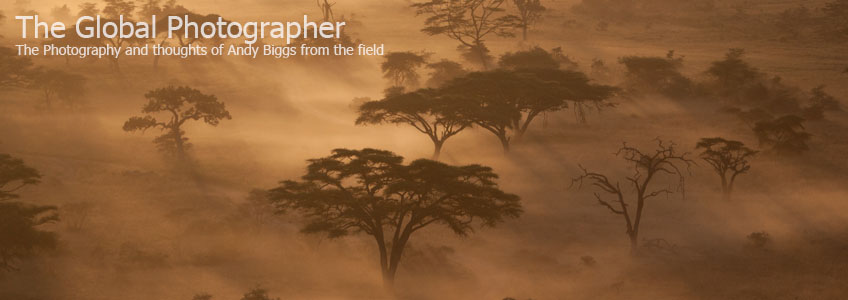I have been wanting to put together a mega blog entry on all of the gear that I use and why, and for some reason I have never gotten around to writing it. Well, here it is, and if you have any comments or questions I would love to hear from you. I will be following up this post with a couple of videos that will illustrate what I put in my camera bags and how I place it all in the bags.
Let’s begin with the camera bags that I use, as these are the things that are usually at the top of my mind (I wonder why. Yuk yuk).
Gura Gear Kiboko 30L
When I travel overseas with all of my gear, or if I need extra room in my bag for video products, my go-to bag is the Kiboko 30L. I designed this bag back in 2005, took the original one to market in 2008 and refreshed it in 2011, and the bag is still solving my main challenges of getting my gear on a plane and to my safari vehicle without hassles or issues. The 30L holds a TON of camera gear, yet only weighs 4 pounds (1.8 kg).
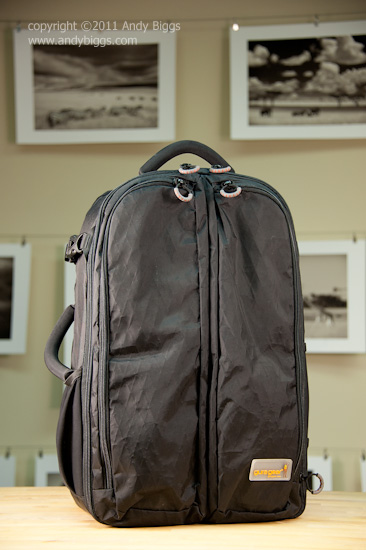
Gura Gear Kiboko 22l+
I use the Gura Gear 22L+ when I don’t need to carry all of my gear around, or when I don’t need my bag to be a staging area for 2+ cameras that are attached to lenses. I love the small and lightweight package, which makes it easy for me to get onto planes of any size without an airline employee freaking out. The 22L+ holds almost as much gear as the Kiboko 30L, but is 2/3 of the size. The 22L+ also has a more beefed up harness system than the 30L, so I may opt for the 22L+ if short hikes are involved.
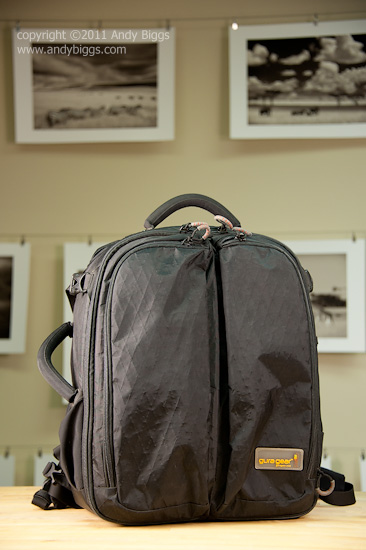
Gura Gear Chobe 19-24L
I always bring the Chobe bag with me, as I prefer to separate my camera gear from my laptop computer. I use the Chobe daily, moving computer, iPad and camera gear between my home and my office. The Chobe is my go-to bag, no matter what I am doing, as it mixes business with photography, and does either or both very well.
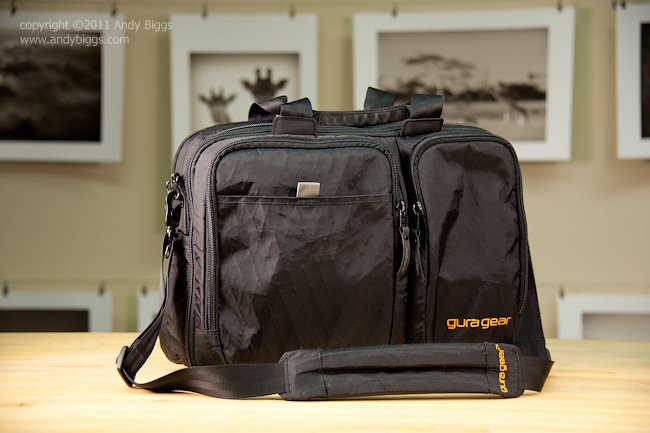
Nikon D3x
Ok, this is where I want to weep. Not really, but this is the one camera that I have come to love the most. I rarely use it at or near my home, but it is my preferred camera when I am shooting wildlife or landscapes. The challenge with the D3x is that is doesn’t do well above ISO 1600, and even then I prefer to limit the camera to ISO 800. The resolution is absolutely killer, and I love my 40x60” canvas prints that I can create from the raw files. Autofocus is in the same class as my D3, however it is a small amount slower to acquire a lock on moving subjects.
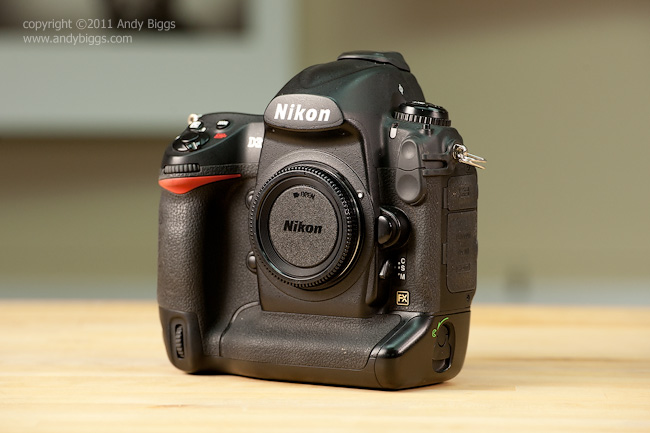
Nikon D3 (or D3s)
The Nikon D3 is my go-to camera for fast moving action and high ISO situations. I love to use this camera at the beginning and end of each day, when the sun is low in the sky and I need to rely on ISO settings at or above 1600. I also use the D3 when I need more frames per second for things such as running mammals or birds. The D3, D3s and D700 files are the cleanest and best looking images of any camera, bar none. So what is the downside? Well, quite simply the file size. The D3 uses a 12.1 megapixel sensor, which isn’t bad, but I do have to be careful when wanting or needing to print larger prints. For most subjects this is ok up to about 20x30”, but I have to have the right set of circumstances in able to print larger than that. My print sales business is the strongest in the 24x36” and 40x60” sizes, as I sell my work thorough a series of interior designers. Often these prints are used in commercial settings, such as board rooms and office common areas. So I tend to be very sensitive to output size, and the D3 is sometimes not enough to get me there. With that being said most of my images that get printed large are elephant, giraffe and non big cat types of images, and for some reason I have more sightings in better light of these subjects. So the D3x is typically used in those situations anyway.
Nikon 200-400mm f/4 VR
The 200-400mm is my longest lens that I own. I used to be a Canon guy, and back then I used a 500mm f/4 as my longest lens. These days I tend to prefer my images a little more zoomed out, and 400mm is working for me right now. I do sometimes with for more when I am in Tanzania and Kenya, as the areas are much more wide open and the wildlife can be farther away, but that is when I might use a 1.4x teleconverter to get me a temporary reprieve. Optically the 200-400mm is pretty darned good, but it isn’t as good as a prime. The lens works best when stopped down to f/8 or f/11, which is where I call ‘home base’ for my shots.
I haven’t upgraded to the VRII, primarily due to cost, and perhaps I will get around to it someday. Oh, and I use a Really Right Stuff LCF-14 replacement foot, as it integrates an Arca Swiss compatible dovetail for easy use with either a ballhead or gimbal.
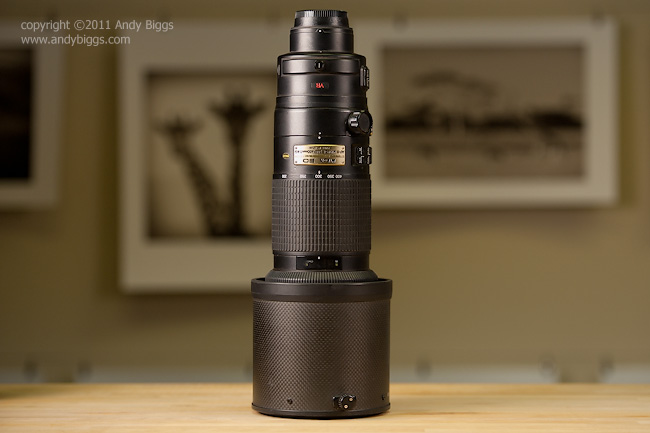
Nikon 70-200mm f/2.8 VRII
The Nikon 70-200mm f/2.7 VRII is likely the one lens that I like to use the most, but don’t find enough wildlife situations to use. I use it 50% of the time on game drives in Botswana and South Africa, and probably 25% of the time in Kenya and Tanzania. It is the longest lens I use for mountain gorillas in Rwanda. I love this lens because it focuses quickly, it has great performance wide open and it is easy to hold without any support. This is the one lens that every nature photographer should own, whether you are a landscape or wildlife photographer.
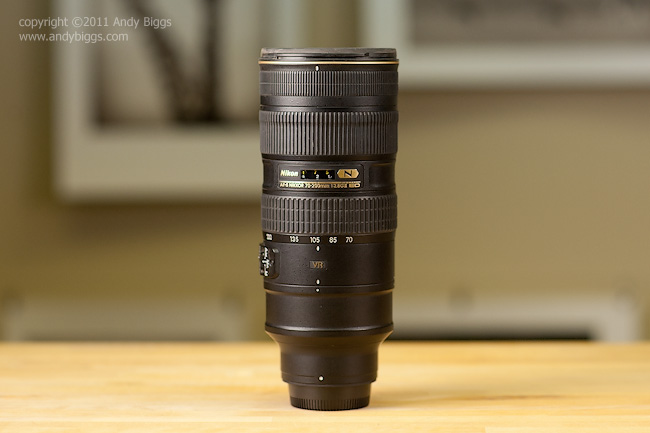
Nikon 28-300mm f/3.5-5.6G
I have a love/hate relationship with this lens. I love that it can be a single lens that I take with me on a family trip, but I don’t like that the zoom and focusing rings are inversed from all of my other lenses. The zoom ring is on the outside and the focusing ring is on the inside? What gives, Nikon? Sheesh. The lens hood needs work as well, because there are some very thin parts of the plastic that are easily broken (this has happened twice). Optically it is a decent lens between about 50mm and 200mm, but longer than 200mm and it starts to get soft. If stopped down to f/11 it gets good, but then again I am not likely to use this lens on a tripod to begin with. I have used the lens for all of my Albuquerque Balloon Fiesta workshops for the past 3 years, and have enjoyed working with only 1 lens.
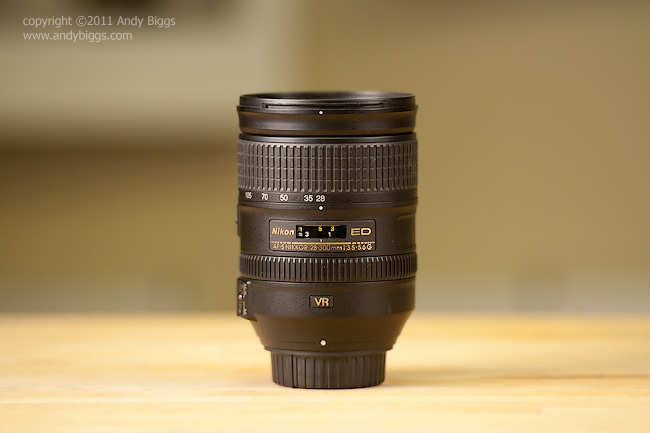
Nikon 24-70mm f/2.8
I used to use the 24-70mm all of the time with my family, but in recent years have preferred to use faster primes for ultimate quality. For landscapes I am more likely to shoot with a 16-35mm or a 70-200mm, so the 24-70mm rarely gets used for those types of trips. I do use the 24-70mm as my widest lens when in Africa on safari, whether for landscapes or for general people shots. I do wish that Nikon had a 24-105mm f/4 type lens, and the 24-120mm isn’t a viable option for me. I have tried it a few times and I won’t purchase it.
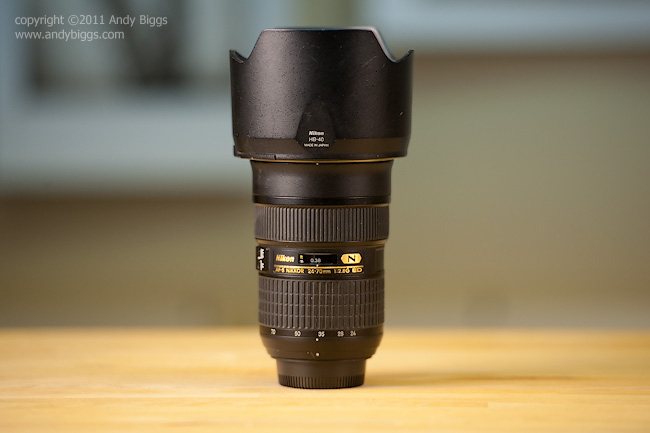
Nikon 16-35mm f/4 VR
Now this is a lens that I absolutely love. I sold my 17-35mm f/2.8 to afford this lens, and optically it is a much better product. I never need f/2.8 for this type of lens, so I was ok with moving to an f/4 lens. I use the lens for doing camp interior shots in Africa, either for stills or video.
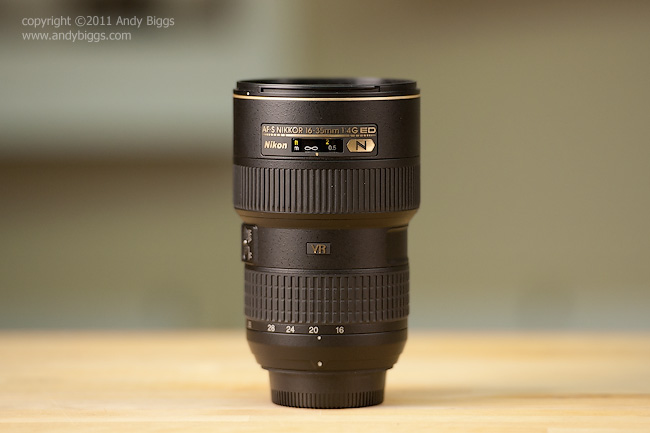
Nikon 85mm f/1.4 IF
Here is where the fun really starts. The 85mm f/1.4 (the last generation) is my go-to lens for doing family shots in the backyard. I don’t use it wide open very often, as I am always fighting depth of field, but am usually shooting between f/2 and f/2.8. One drawback to this lens is that it isn’t as fast at focusing as the latest ‘G’ version. Another downside is the threaded screw-on lens hood. It is made out of metal, though, which is a nice tough. Old skool, and I like that.
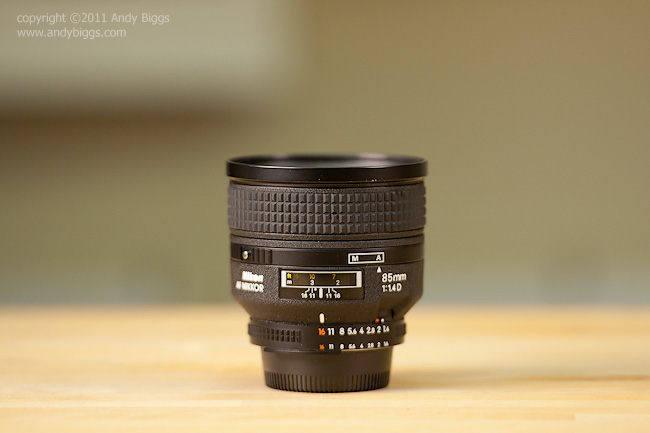
Nikon 50mm f/1.4
I think this is the one lens that all of us has owned at some point, yet most of us don’t use often enough. It is the least expensive lens in my bag, for sure, and I don’t use it often enough. My goal is to mate it with my D3 for a month and only use the combo for my family photographs and see how I like it after that. I have never taken this lens overseas, but that will change when I start running more cultural trips in Africa. I have visited many cultures throughout Africa, and it was just a matter of time before I put trips together to photograph some of these amazing people. Stay tuned.
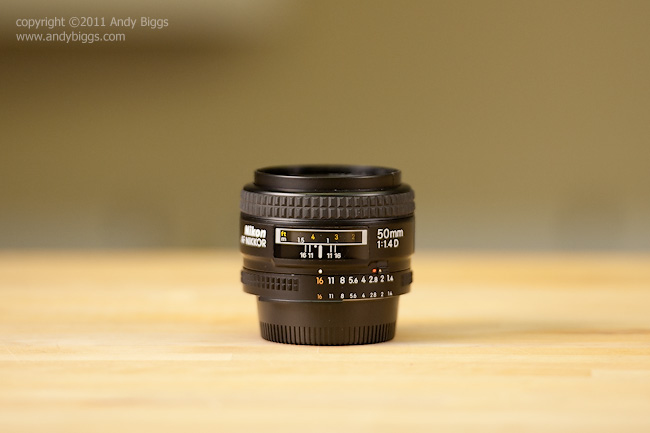
Other Camera Equipment
I also own a Sony NEX-5 with 2 lenses: the 16mm f/2.8 and 18-55mm f/3.5-5.6. I also have the accessory flash unit as well as external microphone. I love the NEX platform, and I take the NEX-5 with me on all of my trips, domestic or international. The size, weight and image quality are perfect for my needs, especially for people or group ‘grab shots’. I would love to upgrade to the newer NEX-7 when they area available.
Nikon SB-900 flash
I rarely use this baby out on safari, but I use it all of the time for family shots and portraits. I have a set of Pocket Wizard remotes, which I primarily use for product photography with SB-900 flashes (Gura Gear studio shots of our bags).
Parting Thoughts
I often get questions like ‘which lenses should I buy’ or ‘what is your best recommendation for a starter kit’, and these are difficult questions to answer. They are difficult because I don’t know what the budget it, I don’t know how much gear is too much for you and I don’t know what are you wanting to photograph. With that being said, I think that every nature photographer should own the ‘holy trinity’ of lenses that will get you started:
16-35mm
24-70mm
70-200mm
These 3 lenses will get you most of the way, if not all of the way, towards filling your bag up. Yes, these lenses add up to a princely sum, but there is a reason that most full time nature photographers own all three of them, and that is because they are wonderful general purpose lenses. Sprinkle in a few specialty primes and a long lens for wildlife and you are all set up.
 Sunday, November 27, 2011 at 10:21AM
Sunday, November 27, 2011 at 10:21AM  Antarctica in
Antarctica in  News
News 